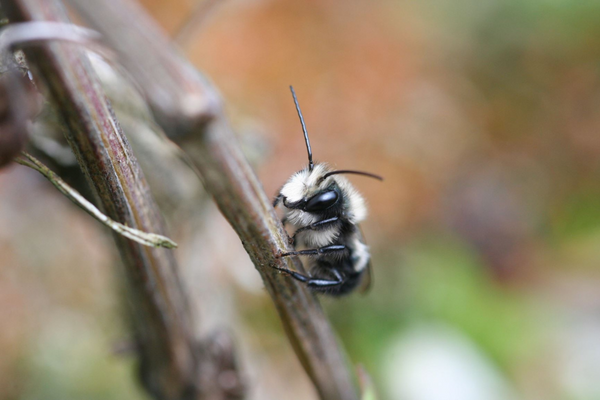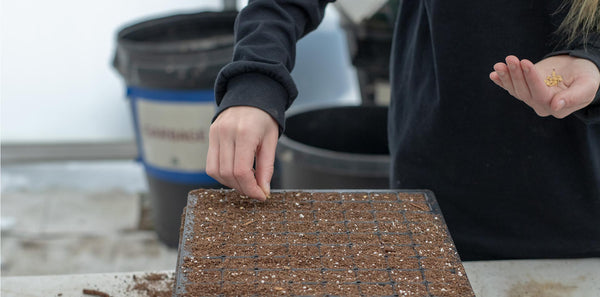Lavender is a genus of the mint family, Lamacieae, that includes 47 species and a great many cultivars. The species name Lavandula is thought to derive from the Latin word lavare - "to wash," and probably speaks to the plant's use in soaps and perfumes. It is native to the temperate regions from Cape Verde to the Mediterranean and the Levant, and from north Africa to southeast India. It has been used for centuries as a medicinal and culinary plant, and also in cosmetics. Lavender's leaves and flower buds are rich in fragrant oils, very similar to rosemary. The plant can be grown as a perennial in Zones 5-8, and as an annual in cooler climates. Continue reading below for some tips and tricks on how to grow lavender from seed.
Continue Reading

















